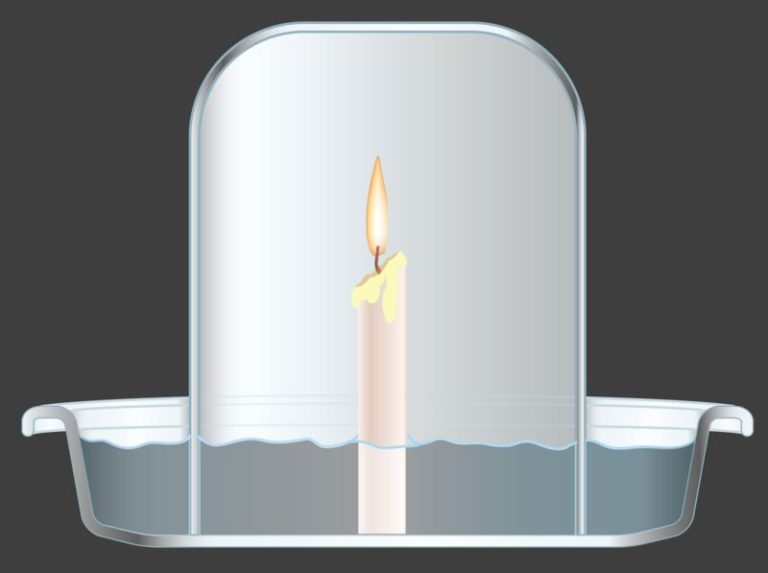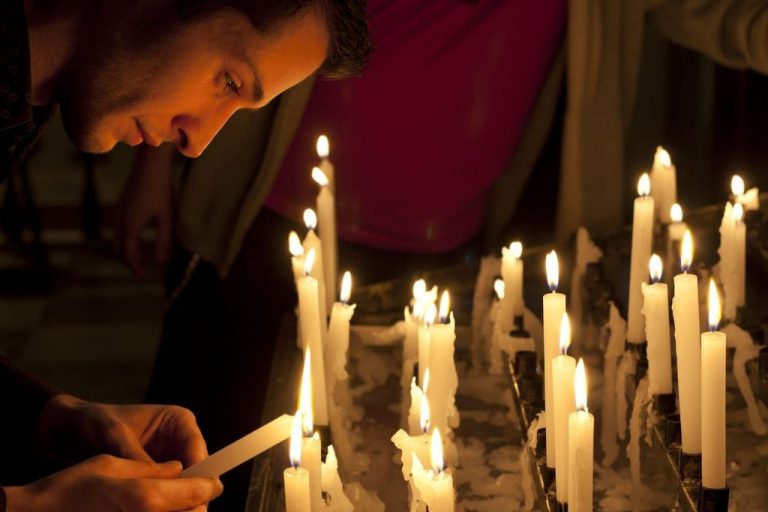Is It Safe To Light A Candle In The Same Room As A Hamster?
Can hamsters and candles coexist peacefully? This question plagues hamster owners who love the cozy ambiance of a candlelit room. Candles seem harmless enough, but their smoke can wreak havoc on a hamster’s delicate respiratory system.
Hamsters have sensitive lungs and airways optimized for breathing clean, dry air. Introducing smoke, fumes, or other airborne irritants can lead to life-threatening illnesses. Responsible hamster owners must take precautions to protect their small pets.
This guide examines the risks of exposing hamsters to candle smoke and provides tips for safety. With some simple preventative measures, hamster owners can enjoy candlelight without compromising their pet’s health.
Hamster Respiratory System
Hamsters have very delicate respiratory systems that are extremely sensitive to irritants in the air. Their nasal cavities and lung tissues are coated with a thin protective lining that can easily become inflamed when exposed to dust, fumes, fragrances, and other airborne particles. Unlike humans, hamsters breathe rapidly through their mouths and noses at a rate of 75-150 breaths per minute. This increased respiration rate means they inhale far more air – along with any pollutants – per pound of body weight compared to us. Their small size also gives them a relatively large surface area in their respiratory tract where toxic chemicals can accumulate. For these reasons, hamsters are especially vulnerable to respiratory irritation and infections if their environment contains smoke or strong odors.
Dangers of Candle Smoke
When burned, candles release tiny particles of soot and volatile organic compounds (VOCs) into the air. These small particles can easily be inhaled by hamsters and irritate their delicate respiratory systems. Hamsters have very sensitive lungs and airways compared to humans. Their narrow tracheas and lack of a cough reflex make them unable to clear irritants from their lungs effectively.
Long-term exposure to candle smoke may lead to chronic respiratory issues in hamsters like asthma, bronchitis or pneumonia. Hamsters with these conditions will show symptoms like rapid breathing, sneezing, discharge from eyes/nose and lethargy. Their breathing may also sound raspy or congested. Respiratory infections in hamsters can quickly escalate into a life-threatening emergency.
Adequate Ventilation
Ensuring adequate ventilation in the room where a candle is burning is crucial for reducing smoke buildup that can be harmful to your hamster. When burning a candle, it releases smoke and fumes into the air. Without proper ventilation, these can concentrate in an enclosed space.
Ventilation works by allowing fresh air to circulate in while letting old stale air flow out. Opening windows, doors, or using fans helps facilitate air exchange and prevents smoky air from accumulating. This air flow dilutes and removes contaminants, creating a healthier environment.
By promoting good ventilation, you allow any candle smoke to dissipate quickly rather than lingering around your hamster’s sensitive respiratory system. Reducing smoke concentration protects their lungs and reduces respiratory irritation or distress.
Candle Placement
When burning a candle in the same room as your hamster, it’s important to be mindful of the candle’s placement in relation to the hamster’s enclosure. You’ll want to position the candle far enough away that smoke and fumes don’t get drawn directly into the cage. As a general rule, place candles at least 3-4 feet from your hamster’s habitat. Avoid positioning the candle upwind or in the path of a draft flowing toward the cage. Air currents can carry smoke directly over to the hamster, even from a distance. The best candle placement is in a stable location on the opposite side of the room from the hamster’s enclosure.
You’ll also want to avoid placing candles anywhere above the cage. Overhead smoke can easily descend into the habitat. Position candles below or beside—but not above—the height of your hamster’s enclosure. Opt for sturdy candle holders that minimize the risk of accidental fires. Never leave a burning candle unattended. With smart placement and constant supervision, it’s possible to safely enjoy candlelight in the same room as your hamster.
Candle Alternatives
If you want to create a cozy atmosphere or pleasant scent without the risks of burning candles, consider these safer alternatives:
Battery-Operated Options
Battery-powered flameless candles create the same ambient lighting as real candles without the smoke, flame or fire hazard. These flameless candles use LED lights to mimic the look of a real candle flame. They come in many styles, from taper candles to lanterns to pillars. Flameless candles run on batteries so they can be placed anywhere without having to be near an outlet. Just make sure to keep them out of reach of your hamster’s cage.
Essential Oil Diffusers
Essential oil diffusers allow you to fill your room with lovely scents without burning anything. Ultrasonic diffusers use vibrations to disperse essential oils as a micro-fine mist into the air. Evaporative diffusers slowly diffuse oils by using a fan to blow air over a pad soaked in oil. Both types scent the air without smoke, flame or residue. Just be sure to research which essential oils are safe to use around hamsters before diffusing them in the same room.
Safety Precautions
If you decide to burn a candle in the same room as your hamster, it’s important to take safety precautions. Here are some tips:
- Always directly supervise burning candles. Never leave a lit candle unattended.
- Keep candles away from hamster cages, bedding, and anything flammable. Place on a sturdy surface at least 3 feet from the cage.
- Burn candles for a limited time only, such as 30 minutes. Longer exposure may irritate their respiratory system.
- Make sure the room has adequate ventilation. Open windows and use fans to circulate fresh air.
- Consider battery-operated flameless candles. These eliminate smoke and fire risks.
- Keep an eye on your hamster for signs of respiratory distress like wheezing or gasping. Extinguish candles at the first sign of trouble.
With safety measures in place, short candle-burning periods may be okay. But never leave a lit candle unattended, and watch closely for respiratory signs in your hamster.
Signs of Respiratory Distress
It’s important to watch for signs of respiratory distress in your hamster if exposed to candle smoke. The main symptoms to look out for are:
Labored breathing and wheezing: You may notice your hamster is breathing rapidly or making wheezing noises as it struggles to get enough oxygen. Their sides may suck in with each breath. This is a clear sign something is obstructing their airways or limiting oxygen intake.
Loss of appetite: Respiratory distress can cause your hamster to lose interest in eating. This may lead to rapid weight loss. Lack of appetite is always a concern and should be addressed promptly.
Pay close attention to any audible wheezing, visible breathing difficulty, lack of activity, or disinterest in food if your hamster has been around candles. These are red flags that something is wrong. Do not ignore symptoms, as respiratory conditions can become serious very quickly in small animals like hamsters.
When to Seek Help
If you notice concerning symptoms in your hamster after exposing them to candle smoke, it’s important to have them evaluated by a veterinarian. Some signs to watch out for include:
- Rapid or labored breathing
- Wheezing or coughing
- Nostrils flaring during breathing
- Discharge from the eyes or nose
- Lethargy or loss of appetite
Respiratory infections in hamsters can worsen quickly, so it’s best to have your pet seen if you notice any of these symptoms. Make an appointment with your exotic veterinarian for an exam. They can listen to your hamster’s breathing, take X-rays if needed, and prescribe any necessary antibiotics or other medications.
With prompt veterinary care, many hamsters recover fully from smoke-induced respiratory issues. But left untreated, respiratory infections could lead to dangerous complications. Don’t hesitate to seek medical care if your hamster seems unwell after candle exposure.
Conclusion
In summary, hamsters have very sensitive respiratory systems that can be harmed by inhalation of candle smoke and fumes. While the occasional, short-term use of candles in the same room may be low risk with proper precautions, it’s generally best to avoid exposing hamsters to candles.
Candles produce substances like soot that can irritate a hamster’s lungs. Proper ventilation is key, but not always enough, especially for candles used regularly near a hamster’s enclosure. It’s safest to use candle alternatives like wax warmers, or only burn candles occasionally for short periods, in a far corner of the room.
With careful candle placement, limited use, and monitoring of the hamster for any signs of respiratory distress, candles can perhaps be tolerated in moderation. But in general, it’s wisest not to use open flames near hamsters. Their health and wellbeing should be the top priority.



